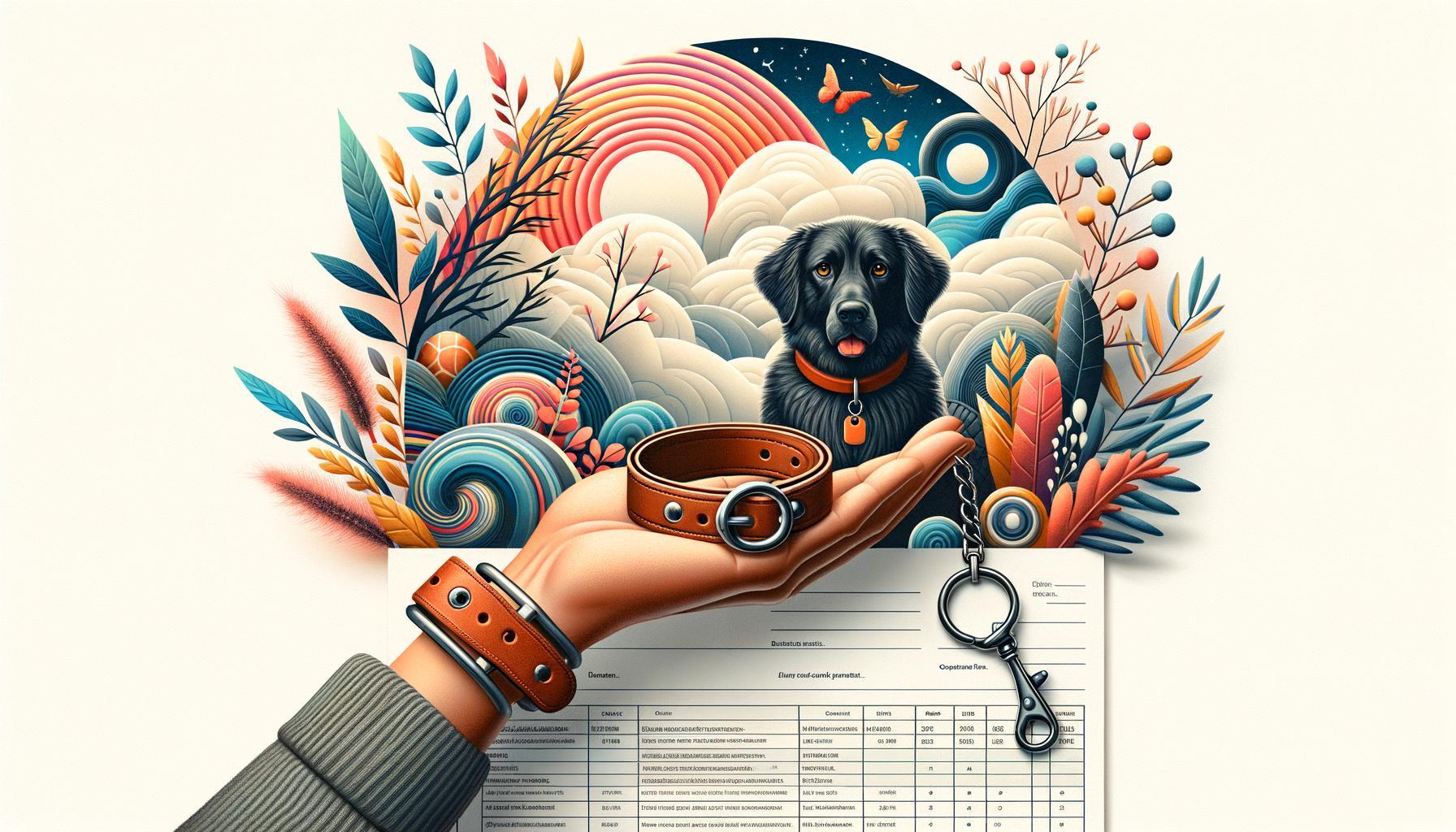Table of Contents
Introduction
Welcome to the world where wagging tails and puppy kisses aren’t just for playtime – they’re part of a transformative journey known as puppy therapy training. This heartwarming approach to healing isn’t just about the cuteness overload (though that’s a definite perk!). It’s about tapping into the innate compassionate nature of puppies to bring comfort and joy to those in need.
The Power of Puppies in Therapy
Imagine a world where stress melts away at the sight of a playful pup. That’s the reality puppy therapy brings. Their presence can ease anxiety, lift spirits, and even lower blood pressure. It’s not just emotional; it’s physiological. The simple act of petting a puppy can release oxytocin, the ‘feel-good’ hormone, reducing stress and increasing feelings of happiness and trust.
The Therapeutic Benefits of Puppy Interaction
- Emotional Support: Puppies offer a judgment-free zone, providing unconditional love that’s crucial for those battling anxiety or depression.
- Social Interaction Boost: For people struggling with social skills, interacting with a therapy puppy can be a stepping stone to improved communication and interaction.
- Stress Reduction: The act of petting a puppy has been shown to lower blood pressure and reduce cortisol, a stress-related hormone.
Training a Puppy for Therapy: The Journey
Training a puppy for therapy is more than teaching ‘sit’ and ‘stay’. It’s a process of nurturing their natural empathy and teaching them to interact with humans in a way that’s both comforting and healing.
Essential Steps in Puppy Therapy Training
- Socialization: Puppies are introduced to various environments, sounds, and people to build their confidence and adaptability.
- Obedience Training: Basic commands are essential, but therapy dogs are also taught to be calm and gentle in various situations.
- Behavioral Training: This includes being comfortable with being touched, not reacting to loud noises, and remaining calm in crowded spaces.
- Sensitivity Training: Puppies are taught to read and respond to human emotions, an essential skill for therapy dogs.
Real-Life Impact: Stories of Healing
Let’s take a real-life example. A local hospital integrated puppy therapy into its rehabilitation program. Patients recovering from surgeries reported feeling less pain and anxiety during their recovery, attributing this improvement to their time spent with therapy puppies.
Training Challenges and Considerations
While the outcome is rewarding, the journey to becoming a therapy puppy is not without its challenges.
Key Considerations in Training
- Choosing the Right Puppy: Not every puppy is cut out for therapy work. Selecting a breed known for its gentle nature and training them from an early age is crucial.
- Regular Training and Socialization: Consistency is key. Regular training sessions help reinforce desired behaviors.
- Health and Safety: Ensuring the puppy is healthy and up-to-date on vaccinations is vital for the safety of both the puppy and those they interact with.
Advanced Training Techniques
As puppies grow and master the basics, their training becomes more specialized. This includes:
- Desensitization Training: To ensure they remain calm in various environments.
- Advanced Obedience: Including walking nicely on a leash, lying down for extended periods, and responding to hand signals.
- Scenario Training: Exposing them to scenarios they might encounter in a therapy setting, like hospitals or schools.
Certification and Regulation
Before a puppy can officially become a therapy dog, they must pass a certification test. This test assesses their behavior, obedience, and ability to handle stress and distractions. Additionally, therapy dogs are often required to be registered with a recognized therapy dog organization.
The Road Ahead
The journey doesn’t end with certification. Therapy dogs need ongoing training and regular evaluations to ensure they continue to provide safe and effective therapy.
Conclusion
Puppy therapy training is a journey filled with challenges, learning, and immense rewards. These furry therapists bring light and comfort into many lives, proving that sometimes the best medicine has four paws and a wagging tail.
For more insights on pet therapy and emotional care, check out Therapy Paws and Claws. Discover the unique ways animals can enrich our lives and provide emotional support.







Leave a Reply